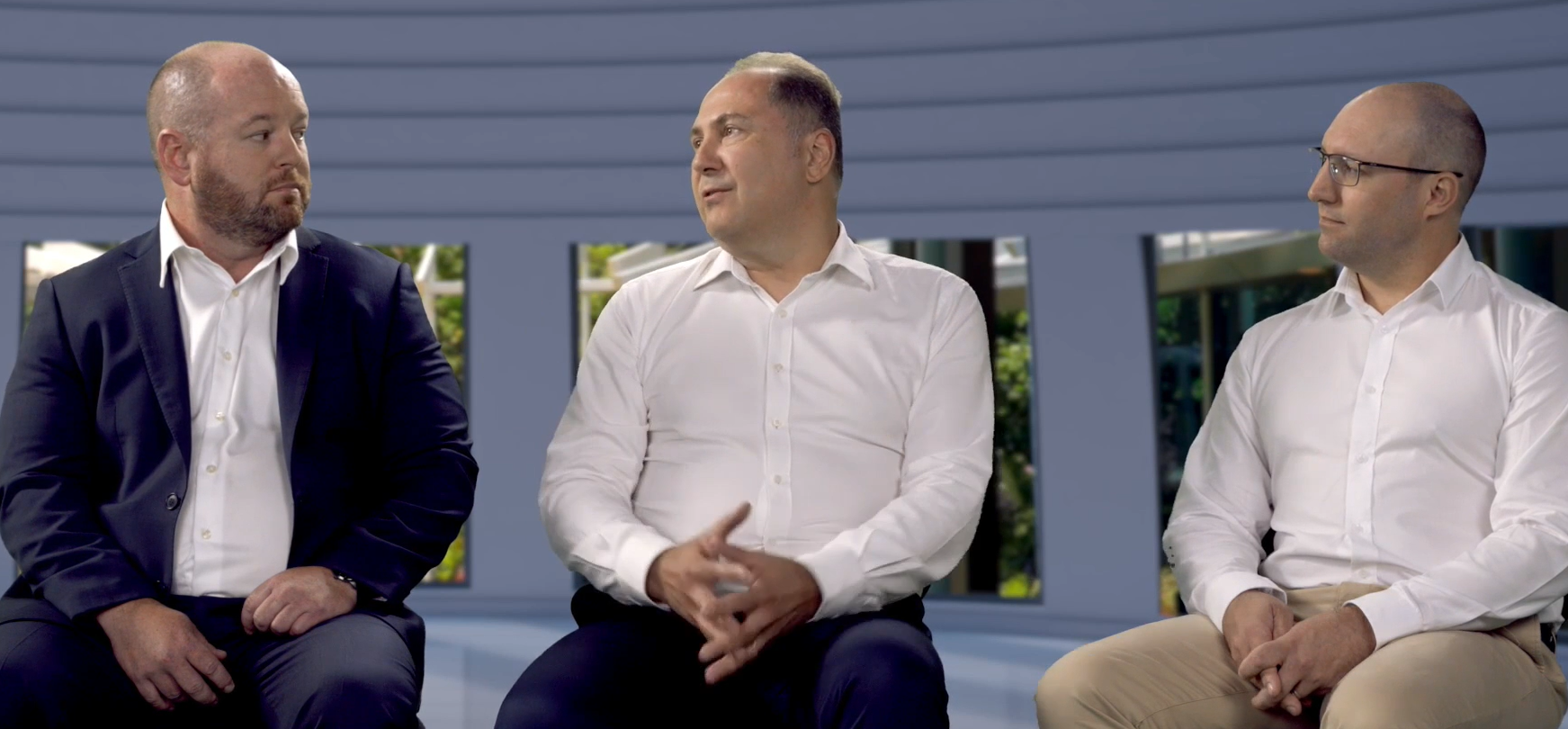Australians need to trust the digital health systems they use are underpinned by standards to secure their information, Department of Health and Aged Care assistant secretary Simon Cleverley said today at the Connect.Care.Confidence C3.0 Summit 2025.
Standards along with good cybersecurity provisions would give consumers confidence, he said, flagging further consultation at the national level later this year.
Mr Cleverley was part of a panel discussion with sector leaders Australian Institute of Health and Welfare CEO Dr Zoran Bolevich and Australian Commission on Safety and Quality in Health Care COO Chris Leahy.
The discussion quickly turned to the challenges of integrating and connecting data sets and “moving health information around the health system in a way that means that the patient and the provider can get access to information at the point of care when they need it”.
Facilitator Peter Birch asked: “How do we go along with the patient on that journey and build that trust and be a partner in that process of utilising healthcare data more effectively to drive better patient outcomes?”
The Commission’s Chris Leahy said it was about making sure the patient understood “from A to B to C to D”, what was happening to them, and why it was happening to them.
“Getting those basic questions answered, I think, is key,” he said.
“It’s got to be in a way that is understandable to the patient, in the end, not just between clinicians, not just for ongoing care, but for the patient to be really, truly involved in their own care,” Mr Leahy said.
When it came to trust in enabling primary and secondary use of data, it was hard to imagine topics like clinical governance or continuous quality improvement without the use of data, Dr Zoran Bolevich.
“Most of the quality improvement we’ve seen in health over the last 20 to 30 years has really been fueled by intelligent and meaningful use of data to understand quality of care, to understand where there might be issues or risks in terms of avoidable patient harm.”
Mr Cleverley reiterated that clinicians and consumers had to help inform the policies the government was developing.
“If we think about the work that we’re doing with My Health Record at the moment, we’ve established a clinical reference group with the Australian Digital Health Agency and the Safety and Quality Commission and healthcare providers and clinicians to make sure that, together, we can have a strong view about how we can safely and securely, give people more ready access to their health information.
“In the secondary use space, we released a secondary use framework to guide the implementation of how we might start to use My Health Record data for secondary purposes, when we went through the opt out experience, and we’re looking at refreshing that framework.
“We’re looking at establishing the rules that are going to underpin, legislatively, how we start to use data for secondary purpose, in that sense, for My Health Record.
“And we’re going to establish a strategic advisory committee this year that’s going to include the Institute of Health and Welfare and clinicians and Aboriginal clinical governance experts as well as consumers, to make sure that we can get all the perspectives that are involved and required for us to make good, solid policy going forward,” Mr Cleverley said.
“At the Commonwealth level, we’re being more active to provide that leadership at the top level to work with our counterparts across the states and territories and with all the other stakeholders, technology industry and clinicians and patients, to make sure that we can have those common objectives.
He said one of the common objectives was the recently passed sharing by default legislation would change the My Health Record system from a voluntary system for clinicians to share information into the My Health Record system to a mandatory ecosystem.
A second example was the Sparked data standards, “work that we’re doing at the moment, again, with strong leadership from the CSIRO and ADHA and states and territories, who are all partners in that program”.
“We have now got more than 1300 people participating in clinical and technical workshops to help understand how we build out those data sharing standards so that we can have a common understanding about how we move information between clinical systems at the national level around this country,” Mr Cleverley said.






Great article! However, consumers’ trust in digital health extends far beyond transparency in health data management, security, and interoperability. It also depends on clear communication about the purpose of data collection, who will access the data, and for what end. Consumers are generally willing to share their health information; rather than withholding it, they are more concerned when their data is not shared effectively across healthcare settings and with all clinicians involved in their care. Additionally, they fear identity fraud. Building and maintaining trust requires promoting positive experiences with digital health, improving digital literacy and awareness of its benefits, offering consumers a choice in healthcare modalities (in-person, telephone, or video), and establishing clear standards for digital health appropriateness.
More info on how to improve consumers’ trust in digital health can be found here: Catapan S de C, Taylor ML, Scuffham P, Smith AC, Kelly JT. Improving consumer trust in digital health: A mixed methods study involving people living with chronic kidney disease. DIGITAL HEALTH. 2025;11. doi:10.1177/20552076241312440